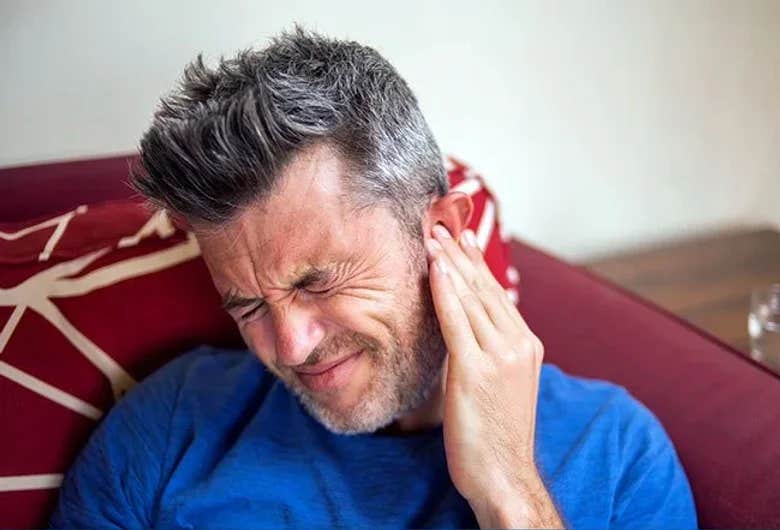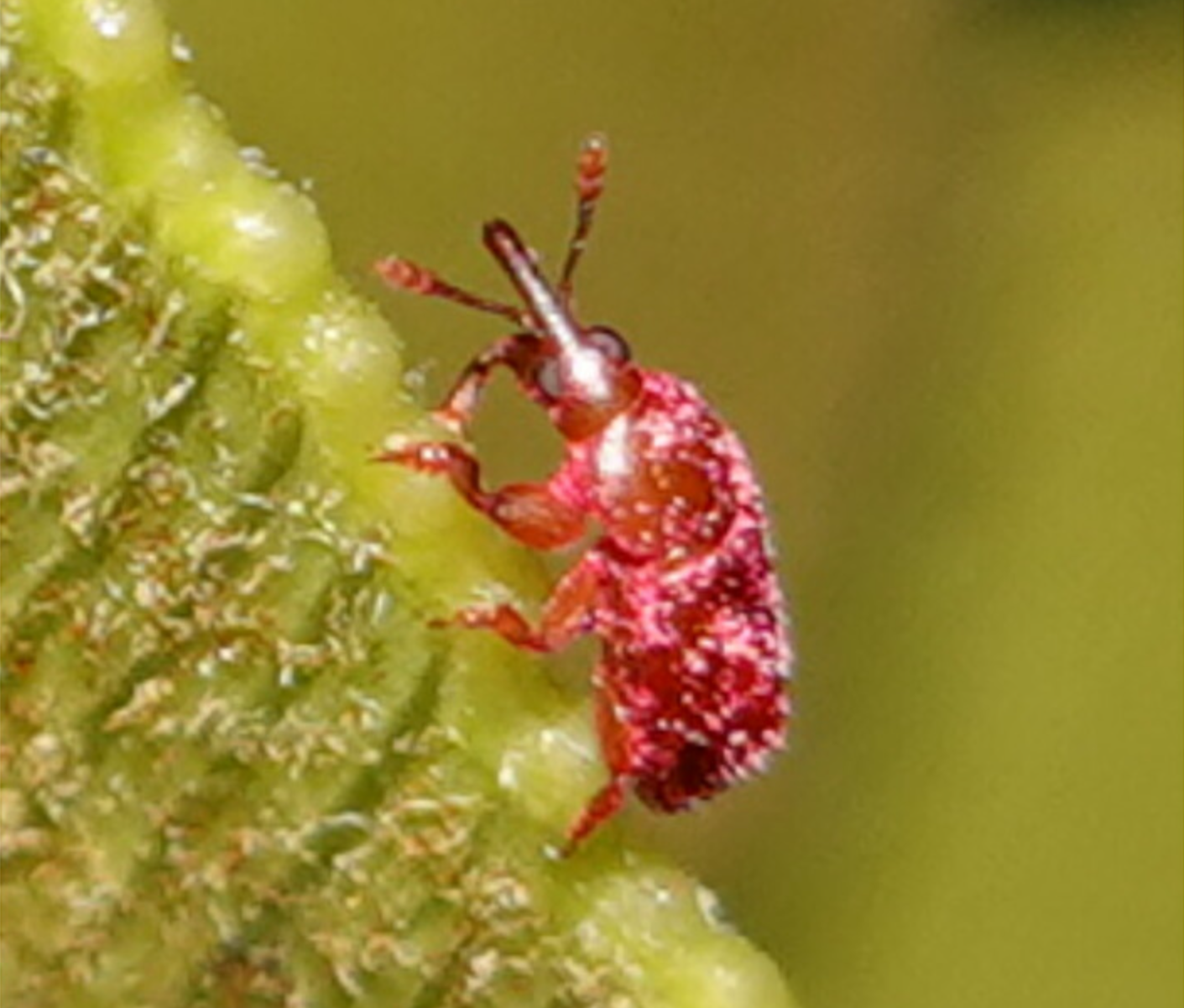New tinnitus treatment promises relief for millions of Americans
Tinnitus—the unrelenting perception of sound without any external cause—affects about 15% of adults across the country.

Up to 15% of adults in the United States have tinnitus, where nearly 40% of sufferers have the condition chronically and actively seek relief. (CREDIT: CC BY-SA 4.0)
Tinnitus—the unrelenting perception of sound without any external cause—affects about 15% of adults across the country. While it may come and go for some, nearly 40% of those living with the condition face chronic symptoms that deeply affect their daily lives.
Until now, there have been no FDA-approved treatments. But researchers at the University of Michigan’s Kresge Hearing Research Institute may have found a new way forward. Their breakthrough centers on retraining the brain to manage tinnitus from within, using the body's own sensory systems.
Exploring the Brain’s Impact
The study zeroed in on somatic tinnitus, which affects roughly 70% of those with the condition. This form is unique in that the sound’s pitch or loudness can change with simple physical actions—like clenching the jaw or pressing the forehead. That connection to movement hinted at a deeper link with the body’s sensory pathways.
“The solution lies in understanding the brain’s mechanisms,” said Dr. Susan Shore, Professor Emerita at Michigan Medicine. “It’s about personalizing the approach to harness these mechanisms for alleviating tinnitus.” Her team focused on how the somatosensory system—responsible for integrating touch, movement, and sound—might hold the key.
Published in JAMA Network Open, the study explored a technique called bisensory stimulation. This method uses paired signals—sound and touch—to target a critical hub in the brain: the dorsal cochlear nucleus (DCN). That region plays a central role in processing both sound and sensory input.
In people with tinnitus, the DCN misfires. Instead of sending clear signals, its nerve cells—specifically fusiform cells—fire spontaneously and in sync. That abnormal rhythm correlates with the persistent noise people hear, making the condition hard to ignore.
Earlier work in animals showed that timed bisensory stimulation could disrupt those faulty patterns. By restoring normal activity in the DCN, guinea pigs experienced relief from tinnitus. That success laid the foundation for the first human trials—bringing real hope to millions seeking silence.
Related News
Translational Breakthroughs
Building on animal studies, Dr. Shore’s team conducted a double-blind, crossover randomized clinical trial with 99 participants. Eligible individuals had bothersome somatic tinnitus and normal-to-moderate hearing loss.
Each participant received a take-home device programmed to match their personal tinnitus spectrum. The devices combined auditory stimuli replicating the participant’s tinnitus with electrical stimulation to provide bisensory input.
Participants underwent two treatment phases over 18 weeks: six weeks of active bisensory stimulation and six weeks of auditory-only control treatment, with washout periods in between. Neither the participants nor the researchers knew which phase was active.
To measure outcomes, the study used the Tinnitus Functional Index (TFI) and Tinnitus Handicap Inventory (THI), tools that assess the impact of tinnitus on daily life. Participants also reported changes in tinnitus loudness.
The results were clear and compelling. During the active treatment phases, participants experienced significant reductions in tinnitus loudness and distress.
On average, TFI and THI scores improved markedly, with 60% of participants reporting substantial symptom relief after six weeks of bisensory stimulation. In contrast, the control treatment showed minimal impact.
“Our previous studies hinted at this outcome,” Shore noted. “The longer the bisensory treatment, the more profound the relief.” Measurements of fusiform cell activity confirmed reduced spontaneous firing and synchrony, correlating with participants’ improved symptoms.
Towards a New Standard of Care
The implications of this research extend far beyond the study itself. Shore’s findings open the door to personalized bisensory stimulation as a viable treatment for tinnitus.
Her team’s innovative device has already caught the attention of Auricle Inc., a startup dedicated to commercializing the technology. Supported by the University of Michigan’s Innovation Partnerships, Auricle aims to secure regulatory approval and bring this groundbreaking therapy to market.
“The horizon looks promising,” Shore remarked. “Our findings provide a pathway for effective, personalized tinnitus treatment.”
As millions worldwide struggle with the persistent noise of tinnitus, this research offers hope for a future free from its debilitating effects. By harnessing the brain’s own mechanisms, bisensory stimulation represents a transformative step in tinnitus care.
For tinnitus sufferers, the days of silent agony might soon be a thing of the past.
Note: Materials provided above by The Brighter Side of News. Content may be edited for style and length.
Like these kind of feel good stories? Get The Brighter Side of News' newsletter.



